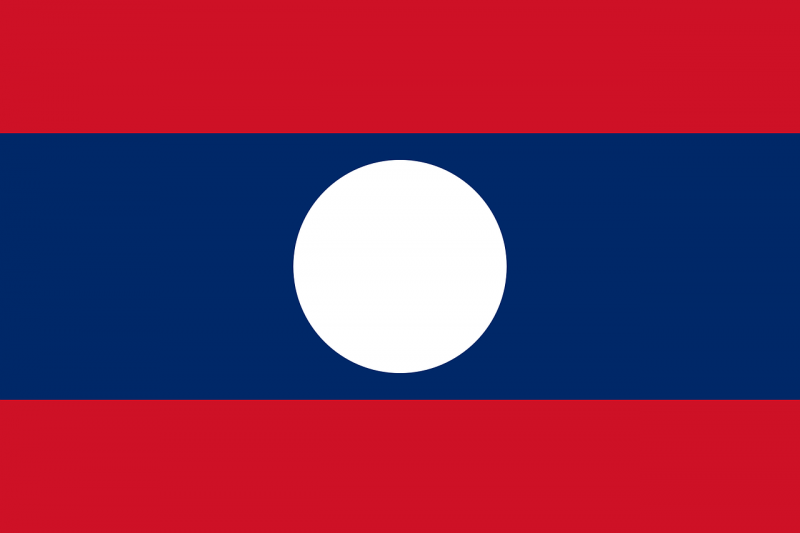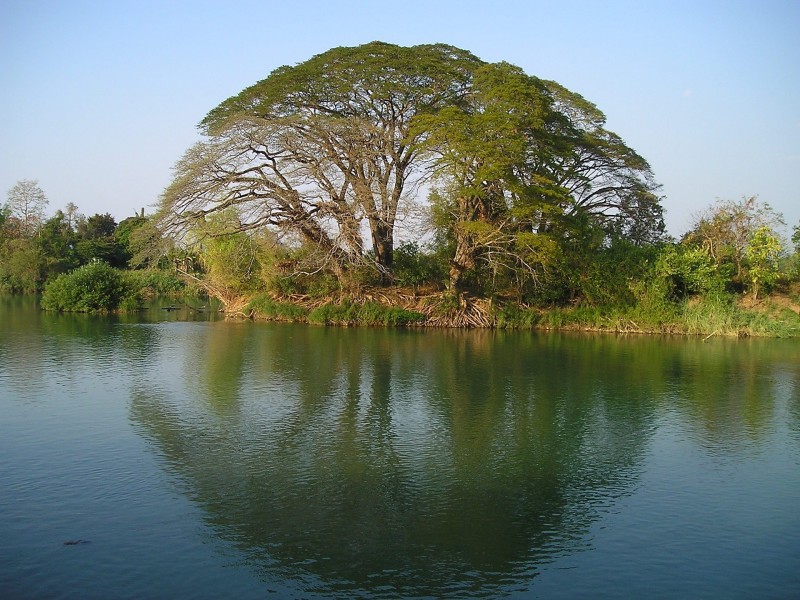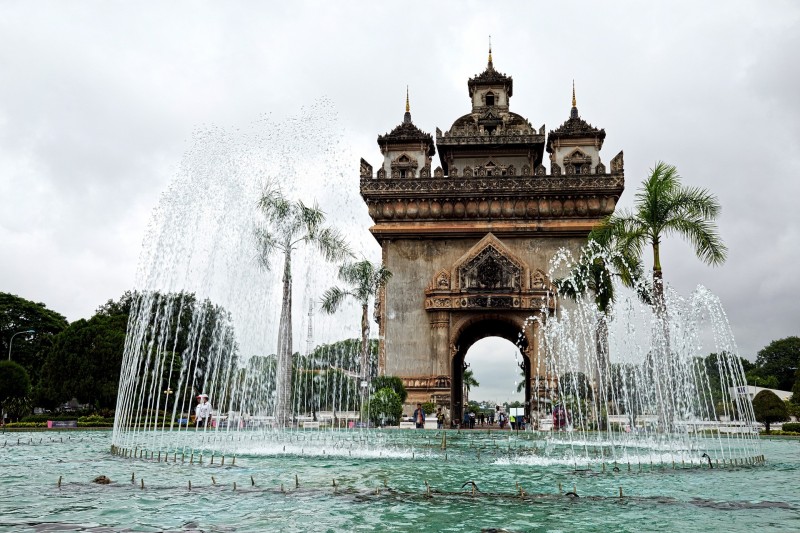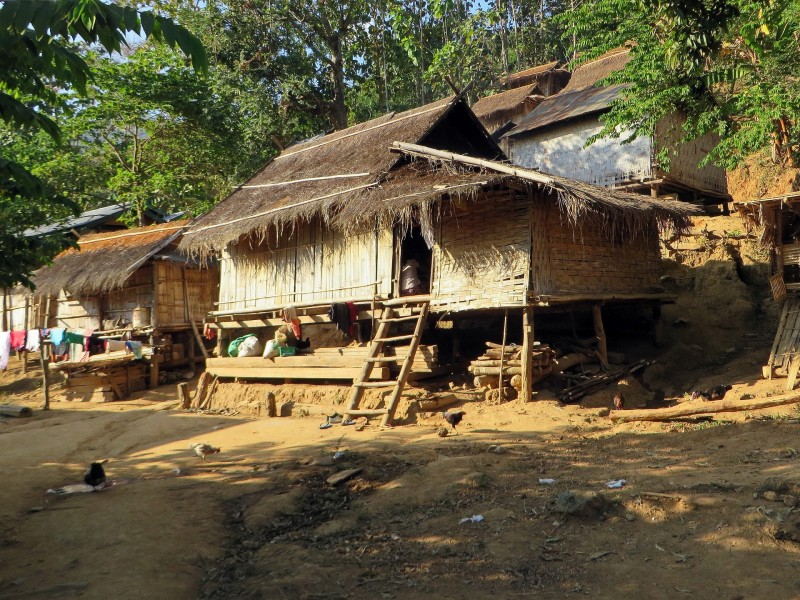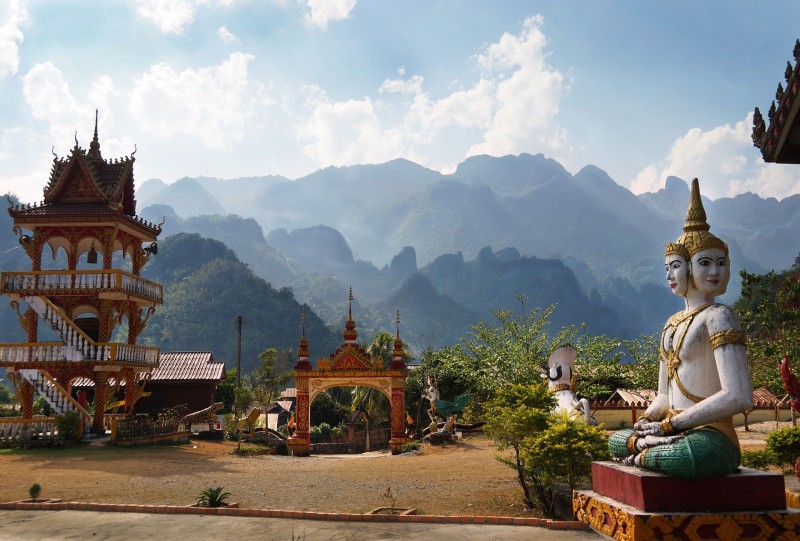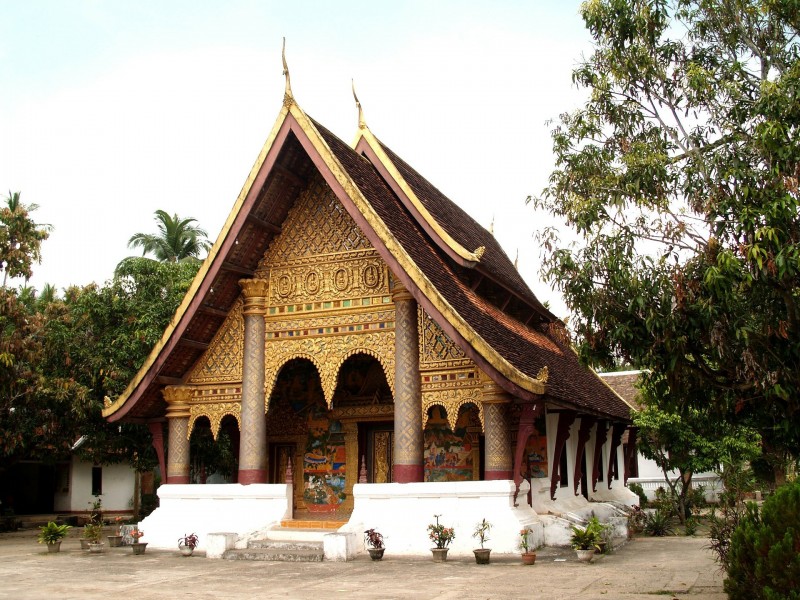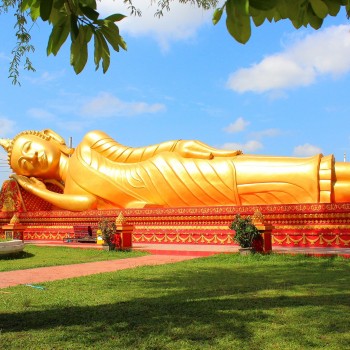Laos
Laos
Capital city description
Vientiane, the capital of Laos, located on a curve of the Mekong River, is the home to the most significant national monument in Laos: That Luang (Great Stupa), the symbol of Lao and an icon of Buddhism in Laos. Of the many beautiful Wats in Vientiane, a visit to Wat Sisaket is a must; built-in 1818, this is one of the oldest temples in Vientiane. Other Buddhist holy places are Wat Ong Teu Mahavihan, known for its 16th-century bronze Buddha sheltered by a carved wooden masterpiece, and Wat Si Muang, the Lak Meuang or pillar-stone Vientiane. Wat Si Meuang is also home to the guardian spirit of the city. Hor Phakeo, across the street from Wat Sisaket, houses a beautiful collection of Buddha statues, including traditional Lao style of the “Calling for Rain” and “Offering Protection.” Spend a morning in the Lao National Museum, displaying an exciting mixture of revolutionary and contemporary exhibitions. The main sights in Vientiane are only a short walk or bicycle ride from most hotels. Wat Xieng Khouan, better known as the Buddha Park, can be seen nearby.
Climate
Laos has a tropical monsoon climate, with a pronounced rainy season from May through October, a chilly, dry season from November through February, and a hot, dry season in March and April. During the wet season (May to October), you can expect heavy downpours for short periods, most commonly during the night or early morning. Generally, monsoons coincide across the country, although that time may differ significantly from one year to the next.
- Cold, dry season: November to February
- Hot dry season: March to April
- Wet season: May to October
Languages spoken
More than 80 languages have been recorded in Laos, and all are dialects. Still, Lao or Laotian, one of the Tai languages of South East Asia, is the official and dominant language in Laos.
Fun/Fascinating Facts
1. Lao-Lao is a vigorous rice whiskey made in Laos that sells for less than a dollar per liter! Easily located in any corner store, mom-and-pop shop, or market across the country, the spirit is the cheapest in the world.
2. The versatile national staple, sticky rice, is consumed in Laos more than anywhere else on planet earth. Eaten traditionally with their hands, served sweet, fermented, or sour, 155 kilograms of this national dish is consumed per Laotian every year.
3. Laos has been marked as the “World’s Most Bombed Country.” Over two billion tons of bombs were dropped in Laos during the Vietnam War.
4. The Khone Papeng, the largest waterfall in Southeast Asia, is found in Laos.
5. Laos was entitled World’s Best Tourist Destination by the European Council on Tourism and Trade in 2013 because of its breathtaking spectacle, fascinating history, and welcoming, friendly locals.
Unique Customs/Traditions
- The people of Laos have self-made cloth blankets. When they do not have dyes, they take fruits from the mountains to create color. The women in Laos prefer to wear cloth flowers, dark-colored fabrics, and fresh as the color of the natural leaves of the forest.
- “Salong” is the traditional costume for Laotian man. The big difference between “Salong” and “Sinh” is that they are big pants or peasant pants.
- A wedding ceremony in Laos is a momentous occasion. The groom and the bride will dress in traditional costumes with bright colors and gold details, representing the propensity. The richer the family is, the more sophisticating the clothes are.
- For Laos cuisines, rice is the staple- either sticky glutinous rice, served in small lidded baskets and eaten with the hand, or plain white rice, eaten with a spoon. 90% of the Laos people consume sticky rice. The basket which keeps the rice after steaming is called Tikao or kongkao and is convenient for people to bring along everywhere. Sticky rice is often in a ball shape, dipping into many dishes.
- Laotian is likely to comment on others’ appearances. One who is too tall, skinny, quite fat, or has a weird style will all become the focus of attention.
Popular universities
| Name | Description | |
|---|---|---|
| Established in 1996, the National University of Laos is a non-profit public higher education institution located in the urban setting of the large city of Vientiane, Vientiane Prefecture. The National University of Laos (NUOL) is a multi-campus structure, with five campuses, including the Dongdok campus, Sokpaluang campus (Faculty of Engineering), Nabong campus (Faculty of Agriculture), Donnokkhum campus (Faculty of Law), and Tadthong campus (Faculty of Water resource). It comprises 13 faculties, two institutes (Institute of Lao-Japan Human Resource Development and Institute of Chinese conficious), a Central Library, six centers, and a small hospital. National University of Laos (NUOL) offers courses and programs leading to officially recognized higher education degrees such as bachelor's degrees, master's degrees, doctorate degrees in several areas of study. | ||
| Lao-Korean College | Lao-Korean College is a college in Vientiane, the capital city of Laos, founded in 2012, located in Phonsavarthnuea Village, Sikhottabong District, Vientiane Capital City, Laos. The college has four Departments: Department of English, Department of Korean, Department of Accounting, and Department of IT. | |
| Souphanouvong University | Souphanouvong University (SU) is a university in Luang Prabang, the old capital of Laos and its fourth-largest city. It is one of five national universities in the country. It was established under the Prime Minister Decree, No 169/PM, dated 4 November 2003, and inaugurated on the following day. The University is named after Prince Souphanouvong, the first President of Laos's Democratic People's Republic. | |
Festivals & Events
.jpg)
Boun Phabath Phonesan Stupa Festival
Date: January
Boun Phabath Phonesan Stupa Festival is the most meaningful event of Bolikhamxay Province when they celebrate the old stupa and give respect to Buddha’s footprint in Thaphabath District. The festival is held over three to seven days during the full moon of the second lunar month (January). The festival includes a Buddhist ceremony, trade fairs, concerts, and funfairs arranged around the stupa grounds.
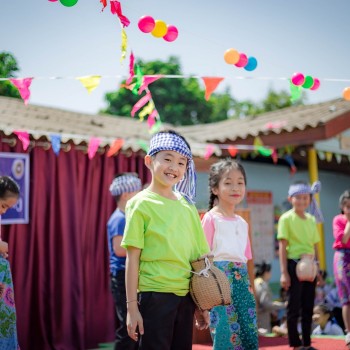
Vat Phou Festival
Date: February
Vat Phou Festival is the grandest festival in Champasack Province and one of the biggest festivals in the entire country. It is held annually on the grounds of the enchanting pre-Angkorian remains of Vat Phou in Champasack. This festival entices thousands of people each year who come for prayer ceremonies and enjoy the festivities.
There are elephant racing, buffalo fighting, cockfighting, and representations of Lao traditional music and dances during the celebration. There is also a trade fair showcasing the products from the southern provinces of Laos and the neighboring countries of Thailand, Cambodia, and Vietnam.
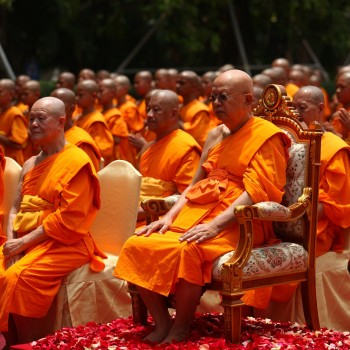
Sikhottabong Stupa festival
Date: February
Sikhottabong Stupa festival is held yearly during the full moon in February, and it is celebrated over several days. People of northeastern Thailand, Nakhorn Phnom, and nearby provinces gather for stupa worshipping and entertainment. There are spiritual activities, a local trade fair, and performances held around the stupa during the festival.

Lao New Year
Date: April
Lao New Year is one of the most notable festivals that is full of endless fun. The festival is held before the onset of the rainy season to recognize the importance of water in people’s lives. It has also become synonymous with the holiday, the celebration of Lao identity, the reinforcement of family bonds, and an opportunity to reflect on the year ahead.
Lao New Year is celebrated in all Provinces, especially in Luang Prabang Province and Vientiane Capital. Furthermore, it is a purification festival, in which the Buddhist images in the household and the temples are ritually cleaned with sacred water.
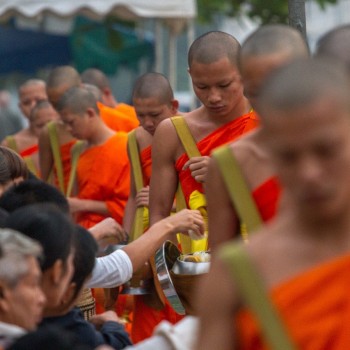
Boun Khao Phansa
Date: July
Boun Khao Phansa celebrates at the beginning of the Buddhist lent. Many devoted people often refused alcohol during this time. In the early morning of Boun Khao Phansa, people prepare food endowments, especially “Khao Tom” (cooked sticky rice wrapped in banana leave) and other necessities like soap, toothpaste, toothbrushes, and towels for the monks.
Most temples are bustling during this festival, with people making virtue and giving their donations. At the end of these value-making activities, the monks will discuss the teaching of Buddha and tell the history of the Buddhist Lent to temple-goers.
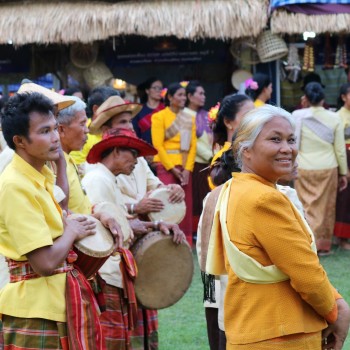
Boun Visakhaboucha
Date: May
Boun Visakhaboucha is one of the most meaningful events in Laos. The festivity honors the Lord Buddha's birth, enlightenment, and death, held during the Buddha's sixth full moon of the lunar calendar. Devoted Buddhists will rise early to do honor at temples.
In some temples, Buddhists will perform Wien Tien (Candlelight procession) in the evening, which includes carrying candles, incense, and lotus flowers and walking clockwise three times around the prayer hall.
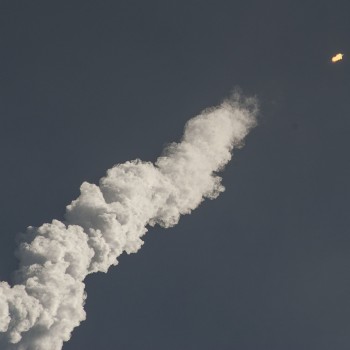
Boun Bang Fai
Date: May - June
Boun Bang Fai festival is celebrated to call for rain and enjoy fertility. People gather in the field on the outskirts of villages and towns to launch a self-made firework rocket. The rocket competition is held to demonstrate appreciation to “Payathaen” (god Of Sky), who provides people with the rains essential for agriculture. The town that can launch its rocket the highest up in the Sky is the winner.
During the festival, there are varied recreational activities, especially a traditional dance performed in a circle. Throughout the celebrations, hosts prepare a variety of conventional food for their guests.
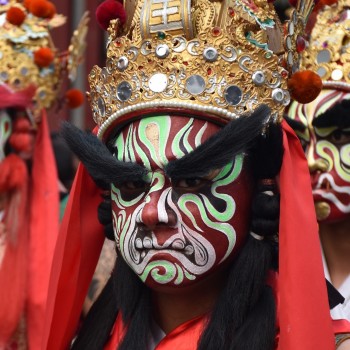
Boun Pha That Luang
Date: November
Boun Pha That Luang is the most meaningful festival in Vientiane Capital and the Lao PDR. It is held over three to seven days during the full moon of the twenty-fifth lunar month. The festival commences with a colorful candlelight wax castle (Phasat Pheung) procession, which starts the evening before at Vat Simeuang. People wear their best clothes for this procession, and there is also a parade of the men and women dressed in different Loa ethnic costumes who dance and play traditional music and songs while approaching the stupa.
During the Pha That Luang stupa festival, there are trade fairs, concerts, and funfairs held. The festival draws to a close under a full moon when people from all over Laos crowd around Pha That Luang for one last candlelight procession. There are also firework displays to make the end of the celebration.
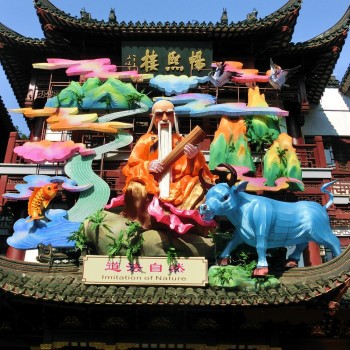
Boun Lai Heua Fai
Date: October
Boun Lai Heua Fai, also known as Festival of Light Boats, is an honor to the Mekong River, the Mother of All Things, to bring good luck to the villagers. Each community in many provinces makes and decorates a boat.
Colorful boats paraded through the town; at night, they are launched onto the river and ceremoniously set on fire as offerings to spirits. This festival involves floating the ritual flowers onto the river to send lousy luck and thanks to the water spirits.
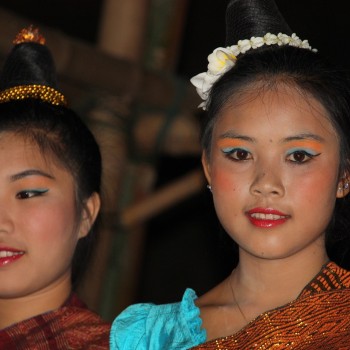
Hmong New Year
Date: mid-December until January
Hmong New Year is held in Oudomxay, Xieng Khouang, Luang Prabang, and Vientiane Province between mid-December until January. The celebration highlights colorful displays of traditional costumes made from green, red, and white silk and ornate silver jewelry. Music from traditional Hmong instruments such as the teun-flute, Hmong-style khene pipe, and leave blowing is played.
Attractions / Top Sights
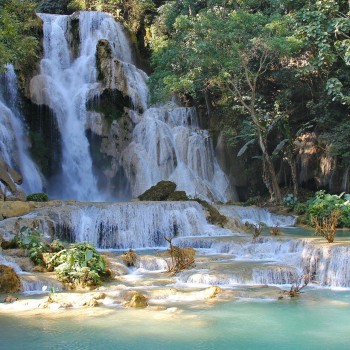
Kuang Si Waterfalls
When to visit: May to November
Kuang Si Waterfalls in Luang Prabang is one of the most astonishing waterfalls in the country. In the dry season, the water at Kuang takes on a bluish hue, owing to minerals like copper. In the wet season, the water is a deep green, and you can hear the sound of the falls well before you can see them.
It cascades down three tiers to a 50-meter drop. Beneath the falls are a series of pools where you can go for a swim and get the best view by looking up at the grand falls.
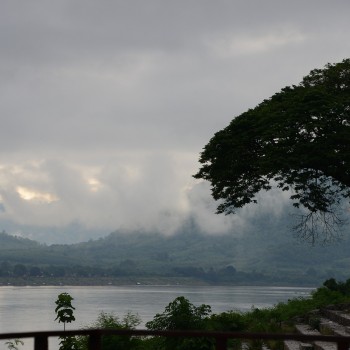
Mekong RIver
When to visit: Between November and April
When to visit: https://www.britannica.com/place/Mekong-River
The Mekong is Southeast Asia’s greatest river, with an estimated 4,350 km (2,703 miles). Laos has the most outstanding share of the Mekong River. With few good roads and mountainous terrain, the river is Laos’ principal transportation.
The Upper Mekong in Laos is considered one of the most remarkable journeys of the entire river. A fantastic way to enjoy the scenery is a boat trip from Huay Xai at the border with northern Thailand to Luang Prabang or vice versa.
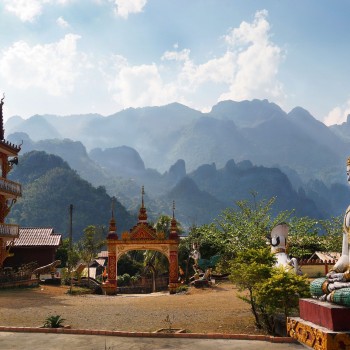
Vang Vieng
When to visit: October to April
Vang Vieng is a touristic riverside town located in central Laos, about a 4-hour bus ride north of the capital. The main street is crowded with guest houses, bars, restaurants, internet cafes, tour agencies, and tourists. The area’s foremost attraction is the dramatic karst hill landscape surrounding Vang Vieng.
The limestone mountains are popular with rock climbers, while the many unexplored tunnels and caverns are a spelunker’s heaven. However, tubing is one of the main draws of Van Vieng – you’ll often see young travelers loafing in large inner tubes floating downstream.
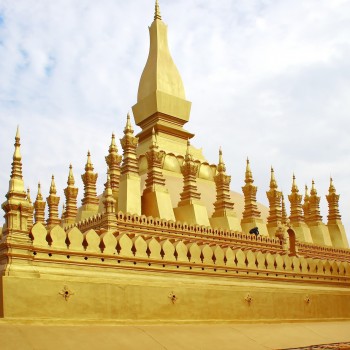
Pha That Luang
When to visit: November to April
Pha That Luang is recognized as a world cultural heritage, a sacred emblem of the Theravada Buddhist nation of Laos. The image of the most giant and most beautiful relic tower in Laos is also printed on paper money and the country’s emblem. Built on the ancient Indian temple ruins, Pha That Luang outside is glazed with brilliant gold, exceptionally brighter and more marvelous when the sun rises. Every year, in mid-November, people across the country flock here to attend a national-level festival.
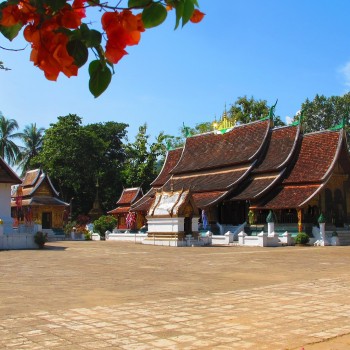
Wat Xieng Thong
When to visit: November to April
Wat Xieng Thong is the most majestic and oldest of the 65 great temples located at the Luang Prabang peninsula. Wat Wisunarat was built in 1560 by King Setthathirath under the royal patronage of the Kingdom of Laos.
The pagoda manifests the architectural lines of Laos with the sharply curved roof pointing straight up to the sky; inside, there are many very fragile reliefs, carvings, recounting many sacred Buddha relics.

Mount Phou Si
When to visit: Between November and April
Mount Phou Si, meaning "Sacred Mountain," is one of Luang Prabang's most well-known and revered landmarks. Mount Phou Si is considered the highest point in Luang Prabang that offers a panoramic view of the peaceful Luang Prabang in the land of Buddha and the gentle Mekong.
The top of Mount Phou Si offers exceptional views over Luang Prabang and the surrounding areas. The spectacular viewpoint at the top is especially famous with tourists at sunset.
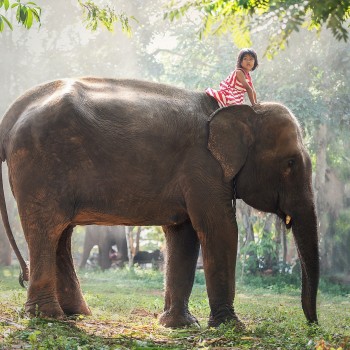
Elephant Village Sanctuary
When to visit: September to April
When to visit: https://business.facebook.com/elephantvillagesanctuary/?__xts__[0]=68.arbupz...&fref=nf
Elephant Village Sanctuary is located about 15 km out of Luang Prabang, on the bank of the Nam Khan river. It is established in perfect nature, in the middle of foggy mountains nearby the river. It aims to offer elephant interaction programs and special activities for both young and older adults.
The Elephant Village Sanctuary is an educational facility committed to treating Asian elephants in Laos. It is one of the most comprehensive, hands-on experiences in the country and a rare chance to get close to these magnificent animals.
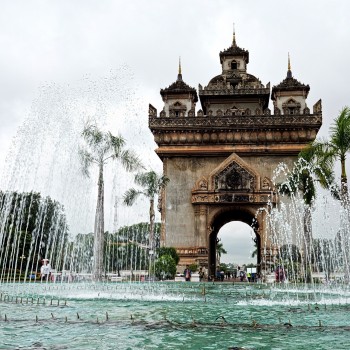
Arc de Triomphe
When to visit: November to March
The Arc de Triomphe is deemed one of the fascinating symbols of Vientiane's capital. It has a body that simulates the shape of the Arc de Triumphe station in Paris, while the top part is a pyramid-shaped architecture and reliefs typical of Laotian culture.
From the top of the Arc de Triomphe, you can enjoy the panoramic view of Vientiane in a moment of light and dark clashing with a magnificent sunset.
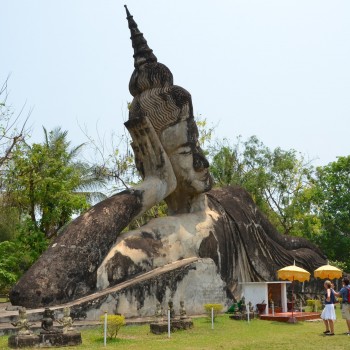
Buddha Park
When to visit: November to March
Buddha Park is an extensive garden with more than 200 Buddhist statues and Hindu deities crafted as incomparable works of art. The most notable of the garden is a giant reclining Buddha statue measuring 40 meters long.
The unique statue covered with moss has an attractive green background, creating an ancient but very serene space. In addition, the garden also recreates images of gods, demons, people, animals, and the three layers of hell, earth, and heaven.















